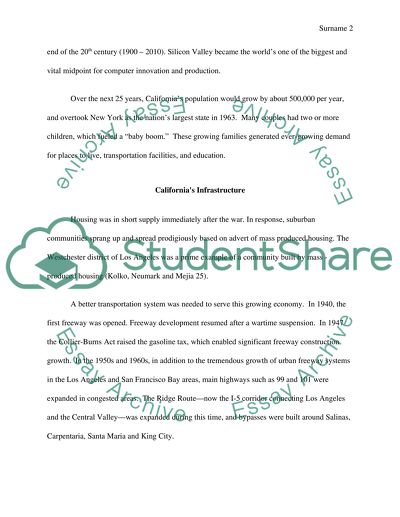Cite this document
(“The Phenomenal Growth of California Essay Example | Topics and Well Written Essays - 1500 words”, n.d.)
The Phenomenal Growth of California Essay Example | Topics and Well Written Essays - 1500 words. Retrieved from https://studentshare.org/history/1633723-the-phenomenal-growth-of-california
The Phenomenal Growth of California Essay Example | Topics and Well Written Essays - 1500 words. Retrieved from https://studentshare.org/history/1633723-the-phenomenal-growth-of-california
(The Phenomenal Growth of California Essay Example | Topics and Well Written Essays - 1500 Words)
The Phenomenal Growth of California Essay Example | Topics and Well Written Essays - 1500 Words. https://studentshare.org/history/1633723-the-phenomenal-growth-of-california.
The Phenomenal Growth of California Essay Example | Topics and Well Written Essays - 1500 Words. https://studentshare.org/history/1633723-the-phenomenal-growth-of-california.
“The Phenomenal Growth of California Essay Example | Topics and Well Written Essays - 1500 Words”, n.d. https://studentshare.org/history/1633723-the-phenomenal-growth-of-california.


